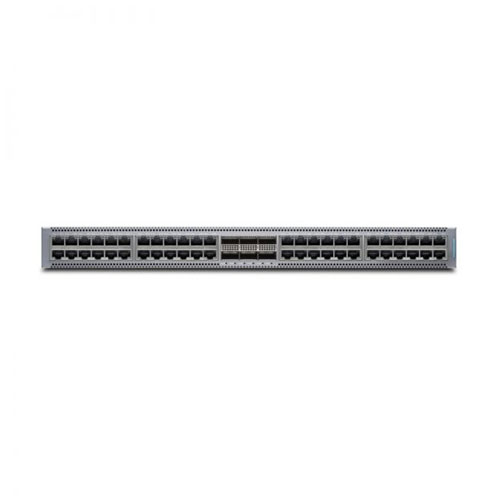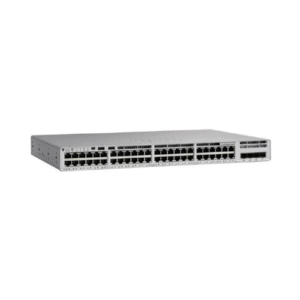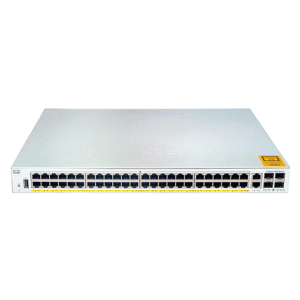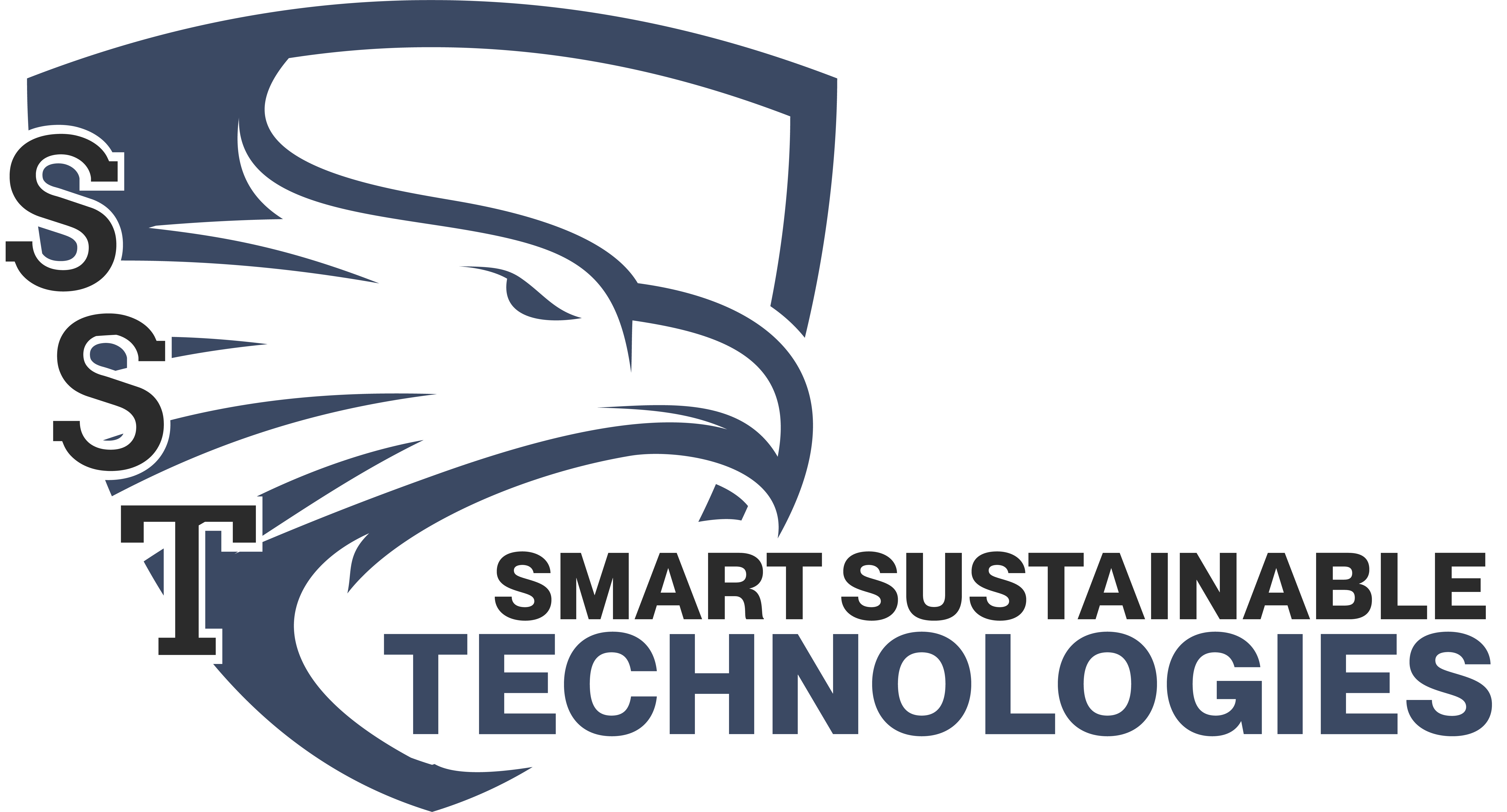|
* RFC 768 UDP
* RFC 783 Trivial File Transfer Protocol (TFTP)
* RFC 791 IP
* RFC 792 ICMP
* RFC 793 TCP
* RFC 826 ARP
* RFC 854 Telnet client and server
* RFC 894 IP over Ethernet
* RFC 903 RARP
* RFC 906 TFTP Bootstrap
* RFC 951 1542 BootP
* RFC 1058 Routing Information Protocol
* RFC 1112 IGMP v1
* RFC 1122 Host requirements
* RFC 1142 OSI IS-IS Intra-domain Routing Protocol
* RFC 1256 IPv4 ICMP Router Discovery Protocol (IRDP)
* RFC 1492 TACACS+
* RFC 1519 Classless Interdomain Routing (CIDR)
* RFC 1587 OSPF not-so-stubby area (NSSA) Option
* RFC 1591 Domain Name System (DNS)
* RFC 1745 BGP4/IDRP for IP—OSPF Interaction
* RFC 1772 Application of the Border Gateway Protocol in the Internet
* RFC 1812 Requirements for IP Version 4 Routers
* RFC 1997 BGP Communities Attribute
* RFC 7348 VXLAN—Virtual extensible Local Area Network
* RFC 8365 NVO—Network Virtualization Overlay Solution Using Ethernet VPN (EVPN-VXLAN)
* RFC 2030 SNTP, Simple Network Time Protocol
* RFC 2068 HTTP server
* RFC 2131 BOOTP/DHCP relay agent and Dynamic Host
* RFC 2138 RADIUS Authentication
* RFC 2139 RADIUS Accounting
* RFC 2154 OSPF with Digital Signatures (Password, MD-5)
* RFC 2236 IGMP v2
* RFC 2267 Network ingress filtering
* RFC 2328 OSPF v2 (edge mode)
* RFC 2338 VRRP
* RFC 2362 PIM-SM (edge mode)
* RFC 2370 OSPF Opaque LSA Option
* RFC 2385 Protection of BGP Sessions via the TCP MD5 Signature Option
* RFC 2439 BGP Route Flap Damping
* RFC 2453 RIP v2
* RFC 2474 Definition of the Differentiated Services Field (DS Field) in the IPv4 and IPv6 Headers
* RFC 2597 Assured Forwarding PHB (per-hop behavior) Group
* RFC 2598 An Expedited Forwarding PHB
* RFC 2697 A Single Rate Three Color Marker
* RFC 2698 A Two Rate Three Color Marker
* RFC 2796 BGP Route Reflection—An Alternative to Full Mesh IBGP
* RFC 2918 Route Refresh Capability for BGP-4
* RFC 3065 Autonomous System Confederations for BGP
* RFC 3376 IGMP v3 (source-specific multicast include mode only)
* RFC 3392 Capabilities Advertisement with BGP-4
* RFC 3446 Anycast RP
* RFC 3569 SSM
* RFC 3618 MSDP
* RFC 3623 Graceful OSPF Restart
* RFC 4271 Border Gateway Protocol 4 (BGP-4)
* RFC 4360 BGP Extended Communities Attribute
* RFC 4456 BGP Route Reflection: An Alternative to Full Mesh Internal BGP (IBGP)
* RFC 4486 Subcodes for BGP Cease Notification Message
* RFC 4724 Graceful Restart Mechanism for BGP
* RFC 4812 OSPF Restart Signaling
* RFC 4893 BGP Support for Four-octet AS Number Space
* RFC 5176 Dynamic Authorization Extensions to RADIUS
* RFC 5396 Textual Representation of Autonomous System (AS) Numbers
* RFC 5668 4-Octet AS Specific BGP Extended Community
* RFC 5880 Bidirectional Forwarding Detection (BFD) Dynamic Host Configuration Protocol (DHCP) server
|








